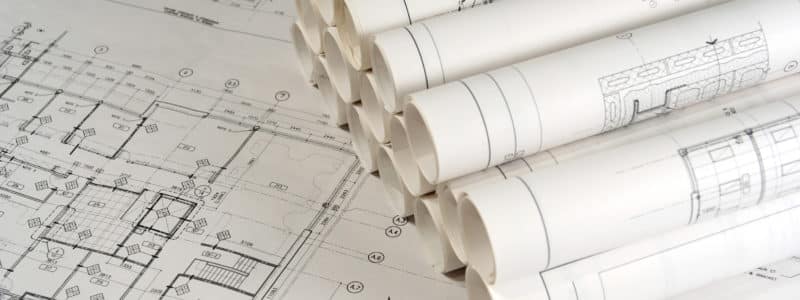A well-conceived nursing home floor plan requires thoughtful consideration. An astute design will position your facility for success. As an architectural firm specializing in nursing homes, we’re often asked how we design our facilities, what concepts we use, and where we get our ideas from. As a response, I say that much of it is based on years of experience of visiting existing nursing homes and seeing what not to do and what needs to change, as well as what works. It’s my experience that one of the major building spacial components that require change is “circulation”. Circulation patterns refer to how a skilled nursing facility (SNF) functions; corridors are a Nursing Home’s veins through which the lifeblood that is the staff provide care to the heart, the residents. I am sure that others have noticed this problem with circulation as well, but I have not yet seen a well-addressed corridor pattern in any of the recently built nursing homes.
Newer nursing homes are certainly much nicer visually than most of the older facilities. However, behind the many cosmetic dollars spent, I still can spot the same underlying problems. In almost every existing nursing home I visit, I see the same things over and over again. Residents in wheelchairs line up against a wall opposite a nurse station, dirty linen barrels and food carts share the same path of travel as residents and guests, and tense staff frantically move about. The corridors are crowded, hectic, and the dignity and privacy of the residents is constantly in danger of being violated.
Well Planned Skilled Nursing Facility Design will Enhance Operations for Years to Come
Many of these problems can be avoided by providing a more well-conceived nursing home floor plan. One that allows better circulation. A huge disservice to the residents is currently being caused by dead-end corridors. Residents feel left out when they’re faced with a dead end, creating a one-way resident migration toward the nurse stations, where all the action is. The solution to this is looped corridors. A corridor that goes around in a continuous loop gives mental and emotional freedom to residents, giving them the option of going in any direction. With this, the whole corridor area can become a social area, removed from the nursing stations. This corridor layout works far better than any of the current cross, T-shaped, H-shaped, or other typical designs.
The concept of general space planning is also very important in long-term care facilities when considering circulation patterns. Very often I see a variety of uses that should never be adjacent, such as dining and dirty linen, coexisting uncomfortably. As an owner of a skilled nursing facility, you want to be able to give a tour of the facility without having a soiled linen barrel crowding the entrance to the dining room, or even ever passing the door. To achieve this, effective separation of front-of-house and back-of-house activities is required. Back-of-house areas include trash, delivery, laundry, storage, central supply, storage, staff areas, maintenance and equipment, housekeeping offices, and the kitchen. Front-of-house spaces are the lobby, administration, meeting rooms, public toilets, therapy, dining, activities, lounges, beauty salon, and nurse stations. As you separate the different use areas from “spacial cross-contamination”, it’s equally important to shield the resident wings from support areas and main entrances. Nurse stations are key in this use, as they should be placed at the front of a resident wing. In your own home, you wouldn’t want to go by bedrooms before entering your kitchen from your front door. The same concept applies to the residents of this home.
Nursing Home Corridors Assist both Flow of Traffic and Resident Socialization
I believe that in most, if not all, cases, corridors are seen as merely a circulation path and not given any thought beyond that. I have seen so many utilitarian, double-loaded, artificially lit, crowded corridors that I now have an acute awareness of the opportunity lost in this design. By implementing the separation of uses, keeping the corridor single-loaded with support spaces across from the rooms, and allowing ample natural light in, you improve the quality of life for everyone involved. The simple fact is that corridors cannot be seen as walking paths inserted in a building just to connect other elements, but rather as social hubs designed in a very specific, thoughtful way.
Seeing the Results of Innovative Nursing Home Design Concepts
We have tried to implement the above concepts into our projects as much as possible. In 1999, we completed a SNF in Murrieta, CA, which currently operates under Country Villa Murrieta Healthcare Center, applying the concepts above to the design. The facility was built on a tight economic budget, however, this did not prevent us from implementing our thoughts, as these ideas are predicated not on a budget but more so on a design principle that we believe transcends monetary constraints. We have gone back to the facility many times throughout the years to gain insight and knowledge on how our concepts have empirically functioned, including the circulation idea. With the passing of time, we have become even more convinced that we are on the right path, and we believe this Nursing Home has validated our thoughts. As we continue to improve and evolve, we are persistent in applying what we have learned to modify, tweak and fine-tune our more recent designs to accomplish what we think is a very necessary element.
________________________________________________



Comments are closed.